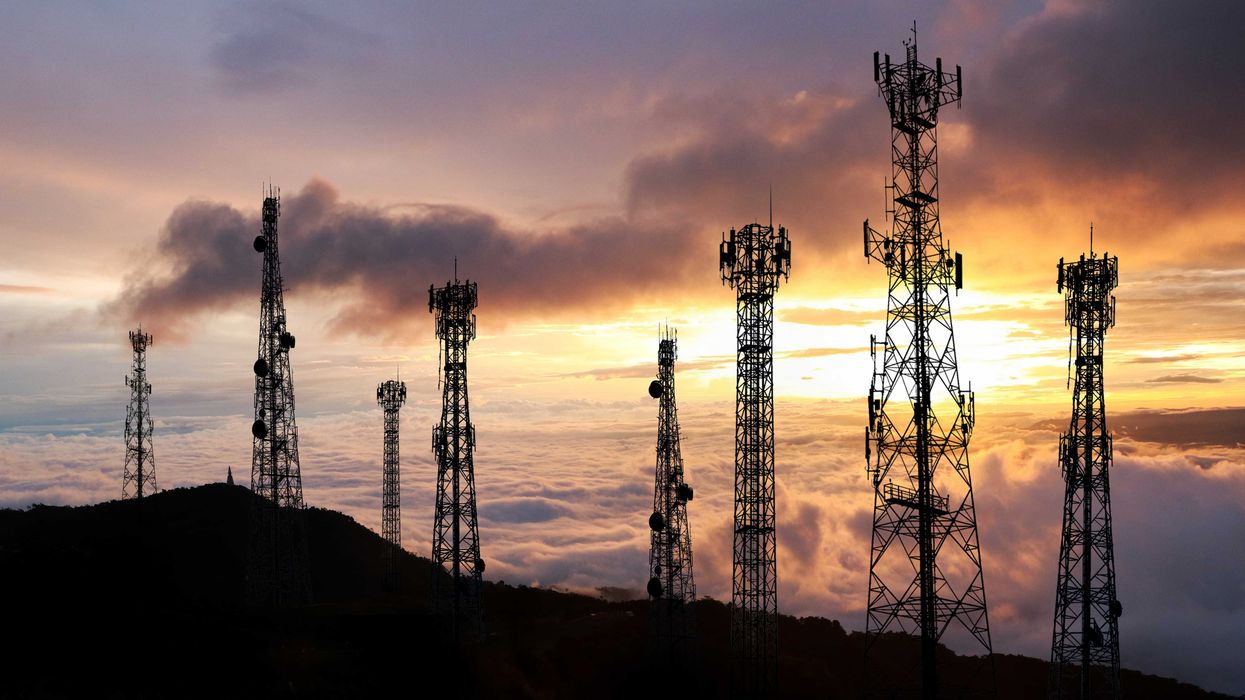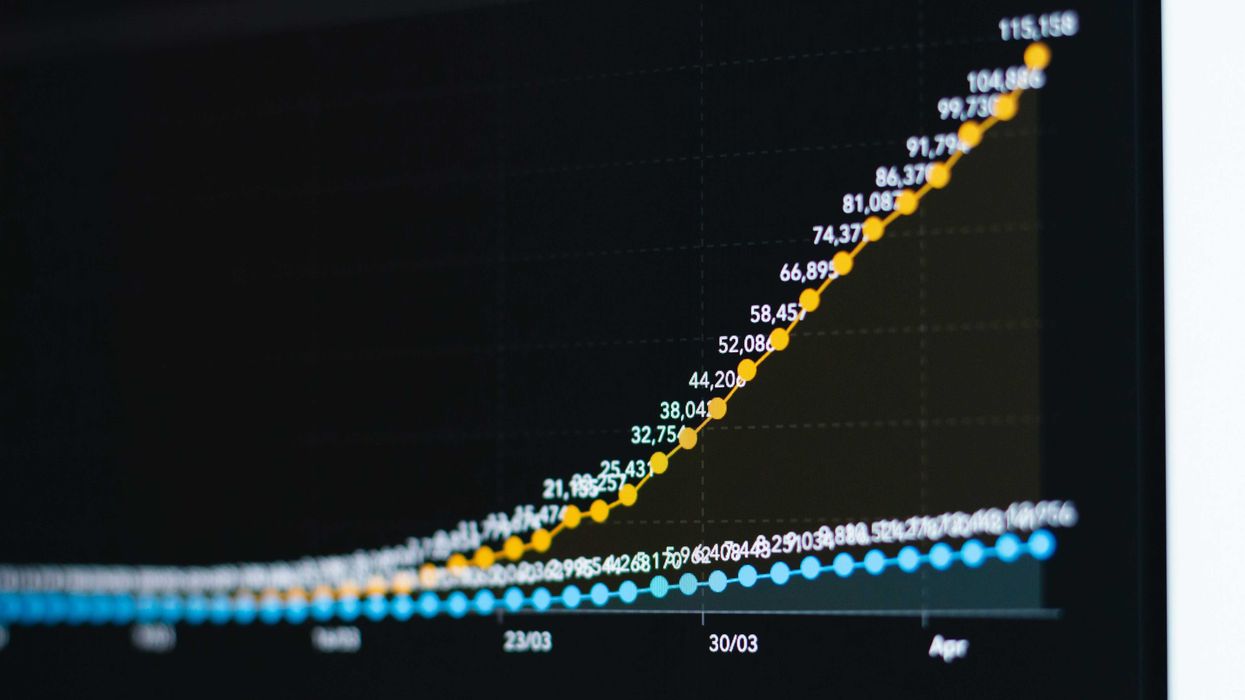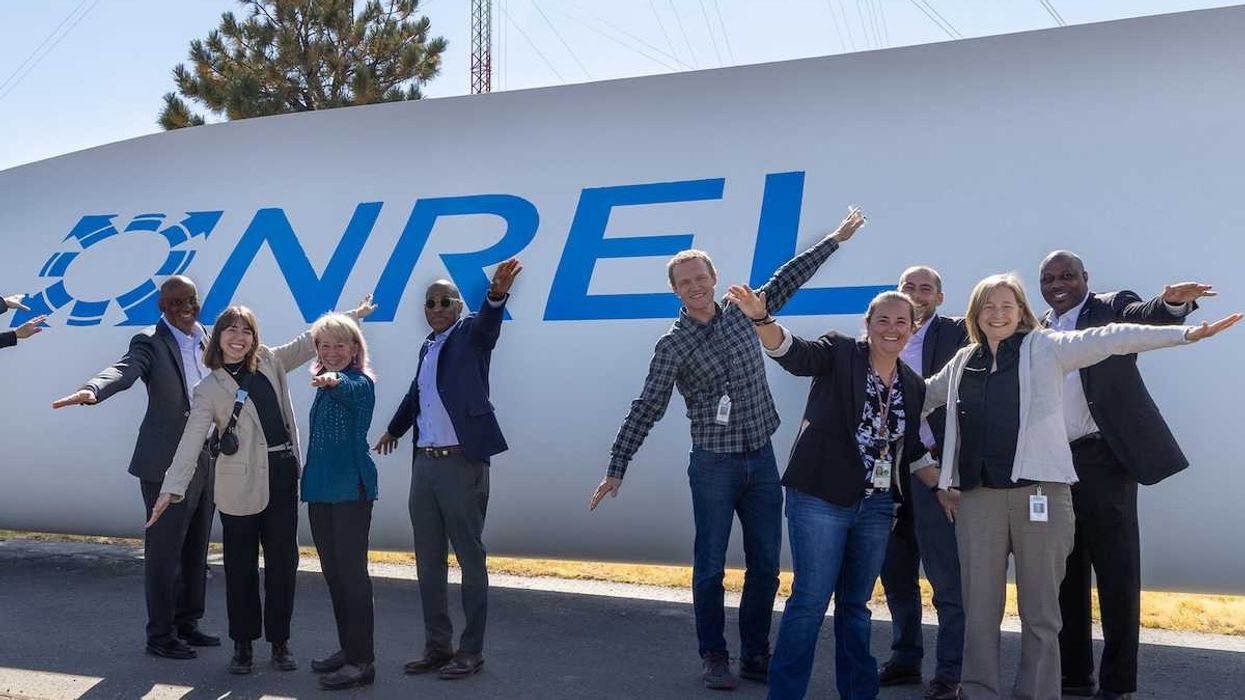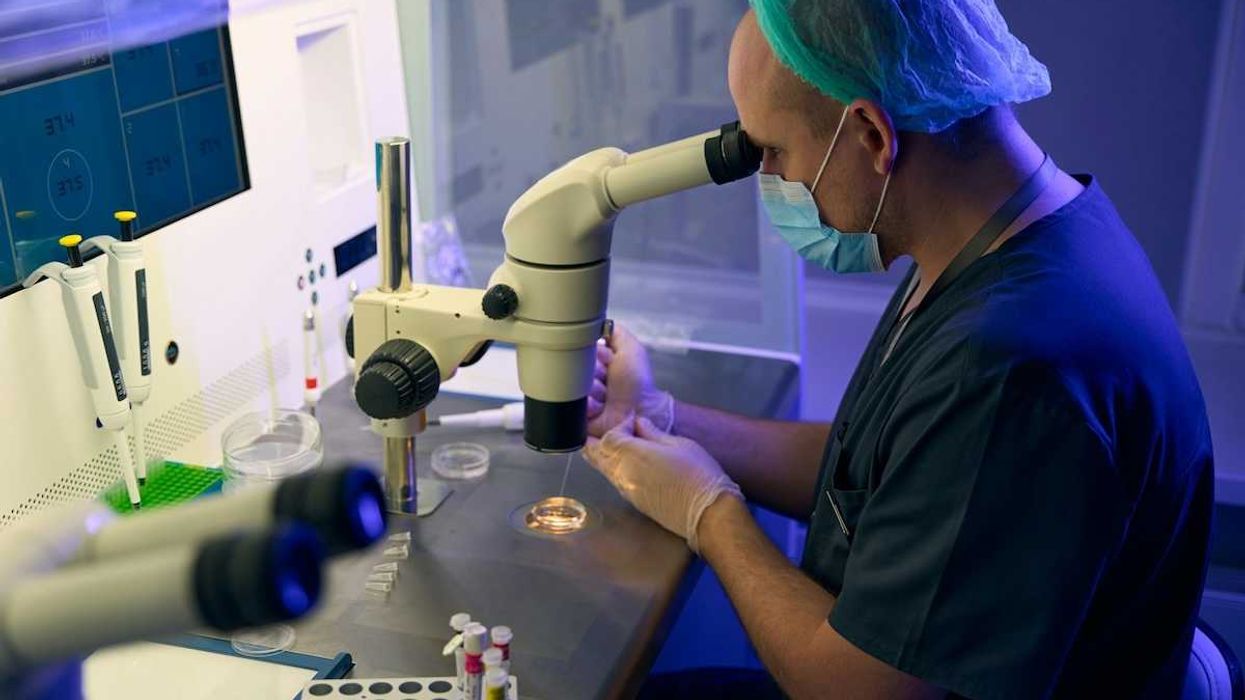Women and children in southeastern Senegal face serious health risks from mercury exposure used in small-scale gold mining, despite longstanding promises to curb its use.
Annika Hammerschlag reports for The Associated Press.
In short:
- In Senegal’s Kedougou region, women mine gold with mercury using bare hands, exposing themselves and their children to dangerous vapors and contaminated water.
- Mercury use in artisanal mining far exceeds safety standards, spreading through air, water, and food chains and surpassing coal burning as the top global source of emissions.
- Despite Senegal's pledge under the Minamata Convention and a promise to build 400 mercury-free units, only one has been installed — and it's largely unused.
Key quote:
“Now mercury is everywhere. Our animals consume it, and it comes back to us. Even the soil is no longer fertile.”
— Doudou Dramé, president of the Observatoire Territoriale du Secteur Extractif
Why this matters:
Mercury is a persistent and potent neurotoxin. Once introduced into the environment, it can remain for years, circulating through air, water, and soil, eventually concentrating in fish and other wildlife that people depend on for food. In communities like Kedougou, where artisanal gold mining is a vital livelihood, the consequences are especially dire. Women and children bear the brunt of exposure, with mercury easily passing through the placenta and breast milk, threatening developing brains and immune systems. The symptoms are subtle and slow to emerge — tremors, cognitive impairments, developmental delays — often surfacing only after irreversible damage has been done.
Mercury doesn’t just poison individuals; it degrades entire ecosystems. Contaminated soil loses fertility, rivers carry toxins downstream, and airborne vapors can travel miles. The result is a toxic cycle, where economic survival depends on a practice that undermines long-term health and environmental sustainability.














